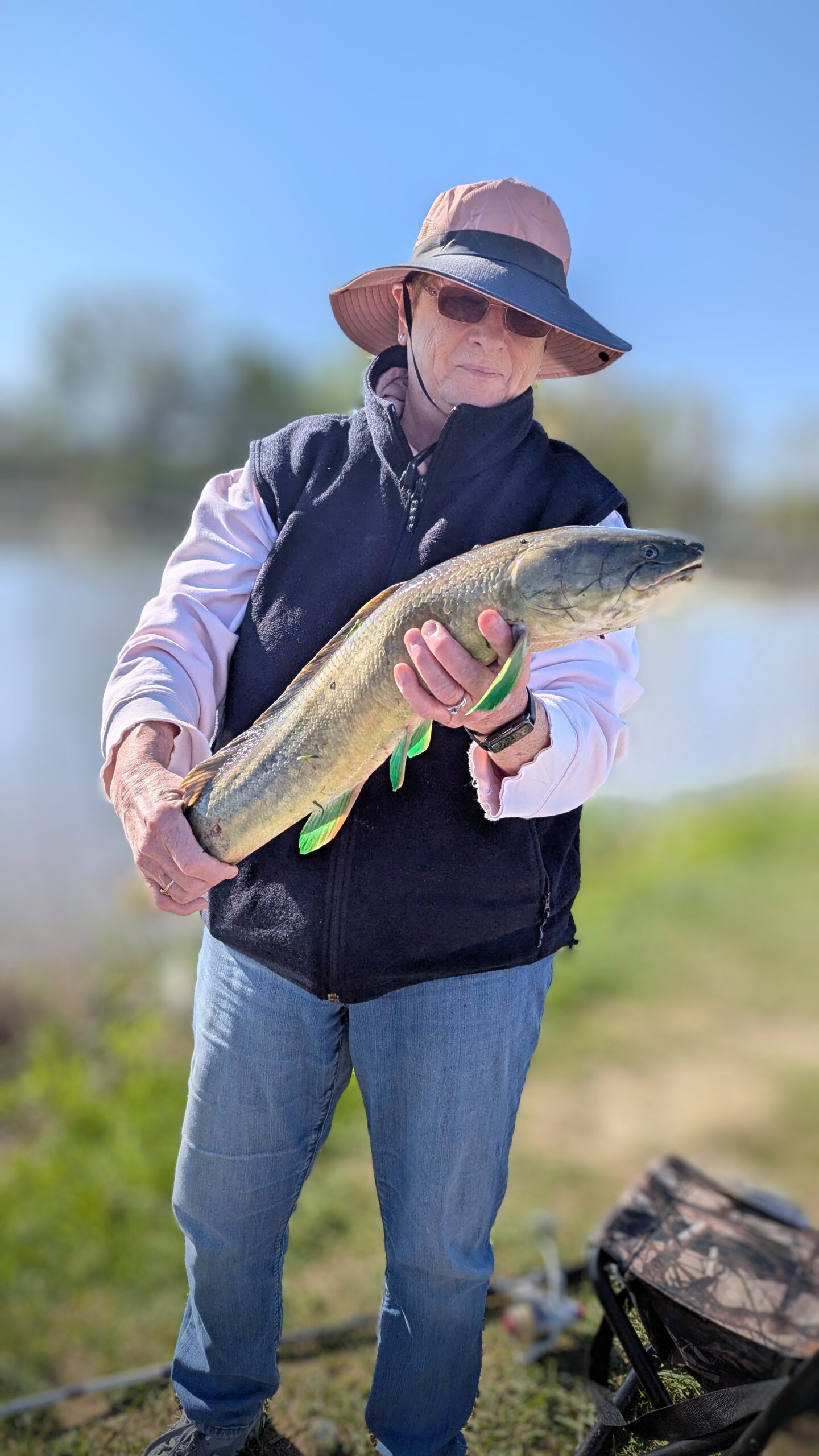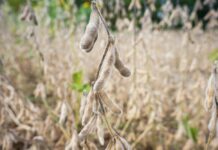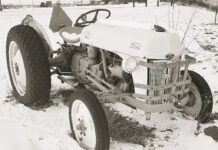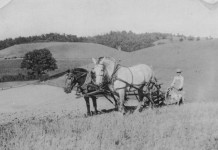
I’ve never caught one. In fact, in all the years I spent working for the Division of Wildlife, I can’t say that I’ve ever seen one being landed. The fish isn’t that unusual in Ohio, but it does seem to be uncommon to most anglers — and it’s a bit of a weirdo.
Some of the names that have been slapped across its gills include dogfish and mudfish. As if those aren’t bad enough, they’ve also been labeled as a grindel and a choupique, pronounced “shoe-pick.” I’m not sure who cooks up these names, but I suppose there must be some reasoning behind it — or not.
Actually, the one I kind of like the best is the name cast around by Ohio outdoor writer Jeff Frischkorn. He likes to call the thing a swamp trout. I think I like that one because I like trout, but to paraphrase one politician’s rant; “Mr. Fish, I have cast to trout. I know trout. Trout are a favorite of mine. Mr. Fish, you’re no trout.”
If you haven’t guessed by now, I’m talking about the misunderstood bowfin, known to fish biologists as Amia calva – Amia being Greek for “fish,” and calva being Latin for “smooth” or “bald,” in reference to their scaleless head.
It kind of looks like a snake had an affair with an eel, whose offspring ran off with a gar who enjoyed the company of a carp – with the bowfin being the result. Actually, these ancient stout-bodied game fish are a relative of the gar but are unique in that they are the only member of their fish family that’s native to Ohio.
They have a long, dark dorsal fin running nearly three-quarters of their length which sports a couple of dark lines running horizontally through it. Overall, the fish can range in color from light to dark brown or green with some black mottling, depending on diet and water quality.
Younger specimens may have a pattern of wavy lines or blotches on their sides. Another good identifier is the rounded tail, which can also make identifying males pretty easy since they carry a distinct black spot with an orange halo at the tail’s base.
Like the spring breeding plumage of birds, the males also have bright turquoise green on their pelvic, pectoral, anal and the lower half of their tail fins, most prevalent in the spawning season. They all have what appears to be two very short barbells on the top of their snout, something biologists refer to as tubular nostrils. I told you that they’re a bit of a weirdo (the fish, not necessarily the biologists).
Like other fish, bowfins have gills for extracting oxygen so they can breathe under water, but they also have modified air bladders, giving them the ability to gulp air above the surface. During extreme drought, they can hide in shallow pools or even wet mud, breathing air through their bladder when other fish would likely die.
A native of Ohio, the bowfin is a sportfish that’s most likely to inhabit large natural lakes, rivers, oxbows, embayments and areas where there’s clear water and an abundance of rooted aquatic vegetation. The division adds that, “Bowfin can withstand turbidity from algal blooms, but not from clay silts.” The marshes of the western basin of Lake Erie are especially well-suited to its survival.
Reproduction

Bowfin spawn during the spring months and it’s the male that builds the nest, placing it well into areas of moderately heavy aquatic vegetation. They’ll normally position it near a large log or underwater structure.
Once the eggs hatch, the young attach themselves to that structure using an adhesive on their snout or they’ll lie on their sides in the nest until they are a half-inch long. When able to swim, they stick together in a little swarm and hover around the male as they learn about survival.
That male bowfin takes an aggressive stand to protect its young and will attack anything it deems a threat. It will keep this vigilance up for about a month, longer than any other fish species on the continent.
Targeting bowfin with rod and tackle is more about finding them than it is about catching them. They can be aggressive feeders and aren’t afraid to grab anything that resembles something to eat or appears to be a threat to their young.
As for feeding habits, about anything is fair game to this belligerent. They’ll feast on crayfish and dead or injured fish, but will gobble down anything they can get a hold of if given the chance. Spinners, crank-baits and live baits — especially crayfish — can get results. But, like I said in the beginning, I’ve never caught one. Then again, I’ve never really tried.
Experienced bowfin anglers have told me that if you do land one, watch out for its chompers. Bowfin can have a bit of an attitude and their mouth is well equipped to teach you a lesson. They can be hard on fishing lines, lures and careless fingers.
Let’s get back to Jeff Frischkorn. He’s been quite the advocate of the weirdo bowfin; some may say it’s a peculiar love affair. He and his wife Bev find them while creeping around the Mentor Lagoons in northeast Ohio.
“(Swamp trout) are fantastic fighters that kicks the sand in the faces of lesser mortal species like the largemouth bass and especially, the walleye, the bowfin is a most worthy catch. And the males in their spring spawning colors with vibrant neon green fins and that large black dot just in front of the tail fin make the bowfin in all ways superior looking to such ignoble Fish Ohio species as the white bass, channel catfish, and — again — the walleye…” he wrote.
The bowfin does have a place in the Fish Ohio awards program. Established 49 years ago, the program is administered by the Division of Wildlife and recognizes anglers for noteworthy catches.
A minimum length is put on worthy species for an award. Successful anglers who enter a qualifying fish gets a nifty lapel pin featuring the year’s “honorary fish.” For the bowfin, that minimum length is 23 inches.
As the unofficial Ohio spokesman for the bowfin, Frischkorn is quick to point out that this weirdo of a cool fish has never been used to celebrate an annual Fish Ohio pin and he wants to see that remedied, claiming that he’d do “Whatever it takes for the Wildlife Division to recognize this exceptional Fish Ohio species with a pin…!”
Just for fun, a quick check came up with some other bowfin names — some of which are likely meet Fishin’ Frischkorn’s approval. There’s cypress trout, swamp muskie, black fish, cottonfish, swamp bass, poison-castor, speckled cat and beaverfish.
Good eating?
To some, a fish is only worth its weight if it offers decent table fare. What better place to check than the Meateater website. The first thing I noticed on the webpage is the name swamp trout! MeatEater contributor Stephen Klobucar tells us; “They… don’t keep well; frozen filets thaw into a squishy, cotton-like mass of tissue. Bowfin should be kept alive as long as possible before fileting, and then immediately prepared for the table. Even if the filets are a bit soft at this point, they firm up in a frying pan. The lightly breaded end product rivals pike or walleye.”
Klobucar adds that even though the fish can be plated, he suggests, “After landing a majestic bowfin, however, you can and should release it to fight another day.”
My take, you can’t judge a Fish Ohio fish by how it does on the dinner table; ask any musky angler!
So, how big does this fighter get? Expect that a male bowfin will run 18 to 24 inches and 1 to 3 pounds, though they can sometimes reach 27 inches and 5 pounds. Females measure 24 to 30 inches and can reach 36 inches, weighing 3 to 5 pounds — though they can hit 12 pounds. Ohio’s state record was caught in 1987 from Nettle Lake in Williams County and was landed by Christopher Boling. It tipped the scales at 11.69 pounds and was 33 1/4 inches long.
Ohio also allows for a bowfishing state record for bowfin. That 9.2-pounds and 31-inch specimen was taken by Tim Makowski while bowfishing Mogadore Reservoir on July 2, 2016. The all-tackle world record bowfin, registered in the Fresh Water Fishing Hall of Fame, is 21 pounds 8 ounces, caught from Forest Lake, South Carolina.
Jeff has been campaigning to get the colorful male bowfin featured on the Fish Ohio pin for years. I’ve heard his pitch and admit that I’ve never really given it much thought. Now that I have, I think it would be a distinctive and popular addition to any angler’s pin collection.
The bowfin is unique, native, a brawler and colorful. You’ve convinced me, Jeff; us weirdos need to stick together!
“Never sniff a gift fish.”
— Patrick F. McManus












